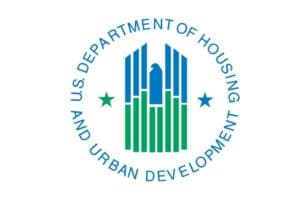House Speaker Paul Ryan this week released his plan to address poverty in the United States. Speaker Ryan convened a House Republican Task Force on Poverty, Opportunity, and Upward Mobility to develop the plan, which is entitled, “A Better Way: Our vision for a Confident America.” Speaker Ryan and the task force included a series of proposals to reform affordable housing and community development programs. The plan does not mention multifamily affordable housing development programs, like the Low-Income Housing Tax Credit, and largely focuses on public housing, tenant-based rental assistance, and requirements for residents of federally-assisted housing.
Sarah Mickelson and Clay Kerchof of Enterprise Community Partners published a summary of the plan and some of the key provisions aimed at reshaping HUD and USDA Rural Development programs.
From the Enterprise Community Partners Blog, Housing Horizon:
The anti-poverty plan argues that affordable housing and community development programs administered by the U.S. Department of Housing and Urban Development (HUD) “have created a bureaucratic, complex web of programs that act as barriers to upward mobility.”
The plan proposes to reform current federal housing programs in several key ways.
First, the plan aims make housing choice vouchers more portable by reforming the network of more than 3,000 Public Housing Authorities that currently administer the program. According to the plan, voucher recipients often struggle to move to areas of opportunity because PHAs discourage vouchers from moving across their jurisdictional boundaries.
The plan also aims to strengthen the ability of nonprofits and the private sector to innovate new housing delivery models. While not called out in name, such policy proposals appear to align with the goals of HUD’s Rental Assistance Demonstration (RAD) program.
If enacted, the plan calls for all families receiving federal housing assistance to either work or prepare for work by meeting with TANF case workers to develop self-sufficiency plans and assist in making arrangements to facilitate work, including childcare, transportation, work clothes, and other necessities. Such a policy aims to increase the proportion of housing assistance recipients earning an income. Currently the only way to implement these types of initiatives is through Moving to Work (MTW).
Program overlap and duplication is a major theme throughout the plan, including among housing programs. The plan proposes to consolidate U.S. Department of Agriculture’s rental assistance program and HUD’s Housing Choice Voucher program.
The plan also expresses alarm at a number of ‘high error programs,’ including rental housing assistance programs. According to PaymentAccuracy.gov, approximately 3.2 percent, or $1 billion, of rental housing assistance payments are deemed improper.
